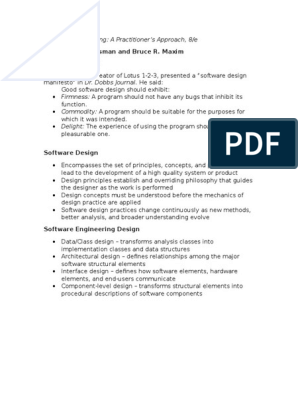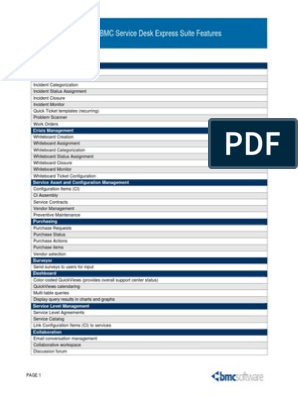0% found this document useful (0 votes)
7 views8 pagesSoftware Design
The document outlines the principles and methodologies of software design, emphasizing an iterative approach that evolves from high-level abstractions to detailed plans. It highlights core goals of high-quality design, key guidelines for assessing design quality, and the importance of technical reviews to ensure robustness. Additionally, it discusses design concepts such as modularity, abstraction, and the use of UML diagrams to document various design elements effectively.
Uploaded by
suriya prabhaCopyright
© © All Rights Reserved
We take content rights seriously. If you suspect this is your content, claim it here.
Available Formats
Download as DOCX, PDF, TXT or read online on Scribd
0% found this document useful (0 votes)
7 views8 pagesSoftware Design
The document outlines the principles and methodologies of software design, emphasizing an iterative approach that evolves from high-level abstractions to detailed plans. It highlights core goals of high-quality design, key guidelines for assessing design quality, and the importance of technical reviews to ensure robustness. Additionally, it discusses design concepts such as modularity, abstraction, and the use of UML diagrams to document various design elements effectively.
Uploaded by
suriya prabhaCopyright
© © All Rights Reserved
We take content rights seriously. If you suspect this is your content, claim it here.
Available Formats
Download as DOCX, PDF, TXT or read online on Scribd
/ 8
























































































